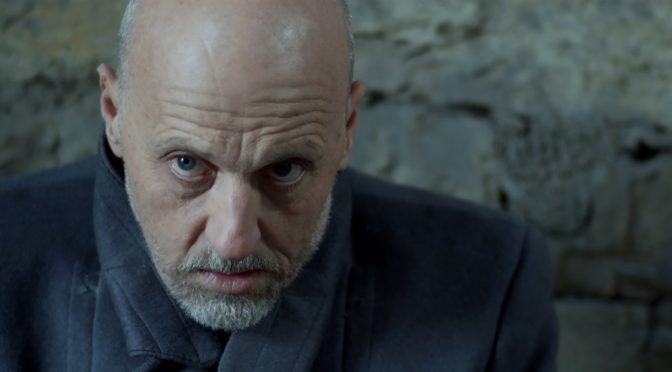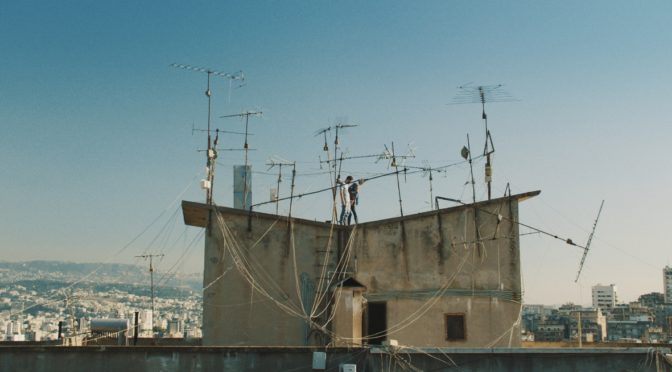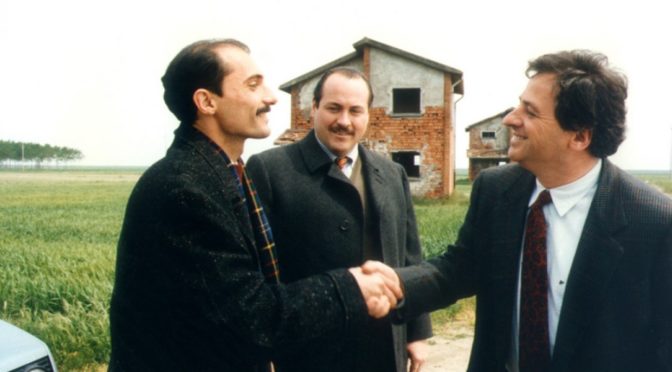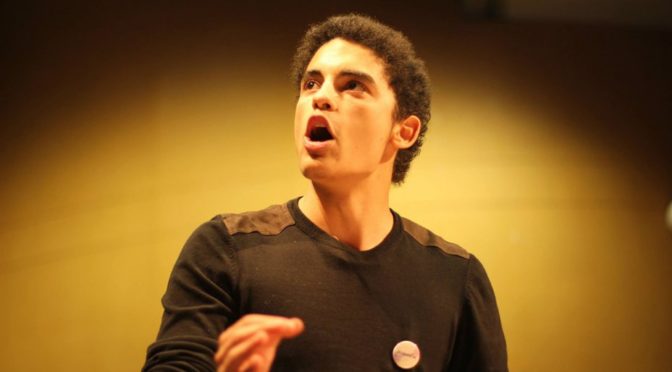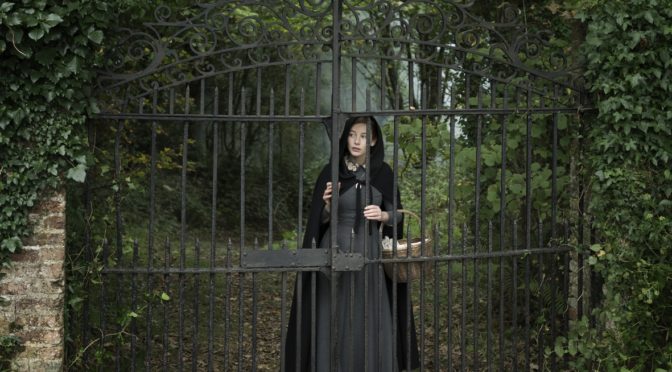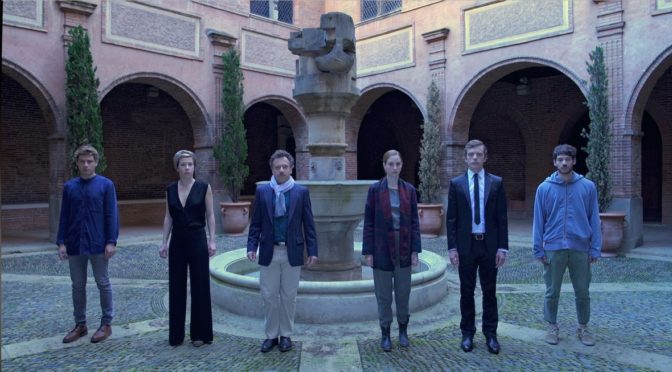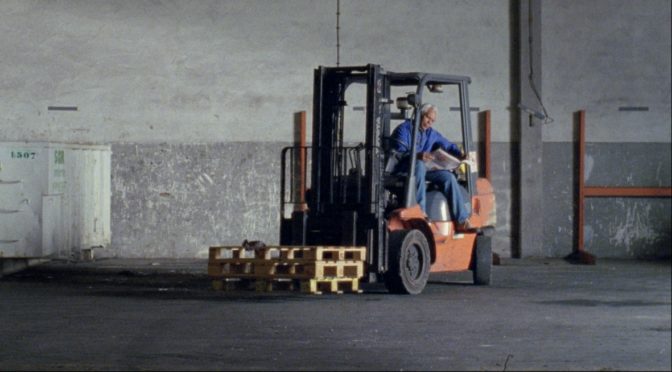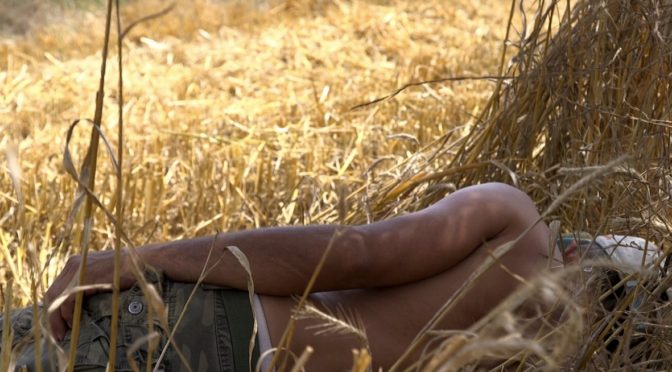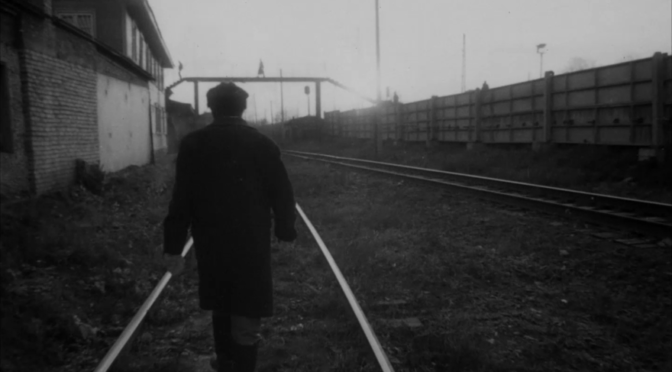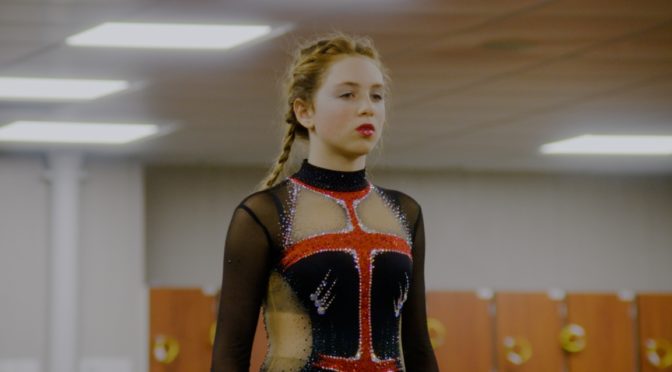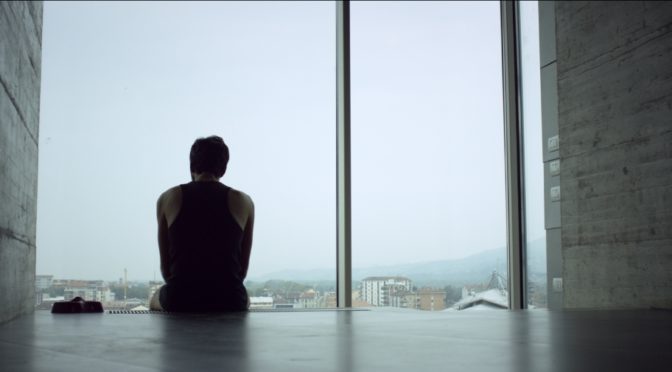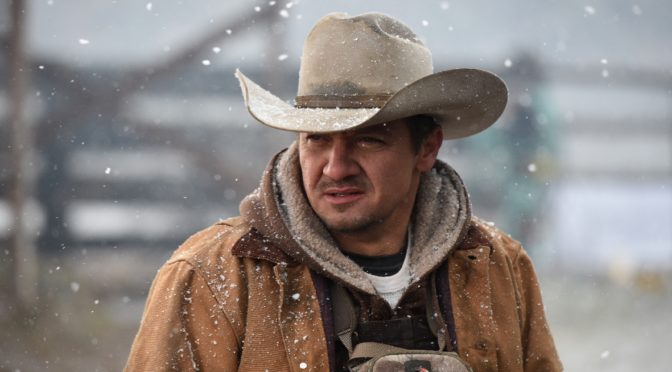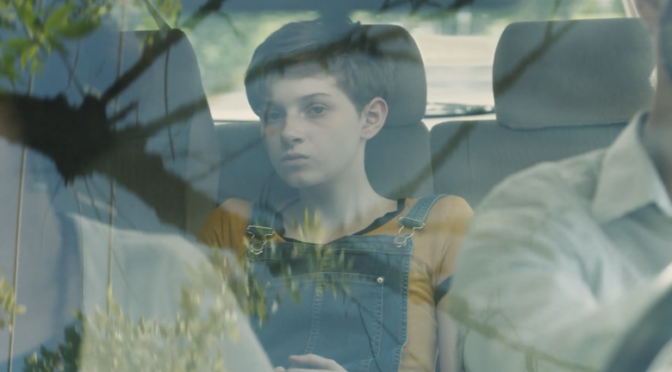Versione inglese a cura del Master in Traduzione per il Cinema, la Televisione e l’Editoria Multimediale
Article by: Gianluca Tana
Translation by: Laura Cocco
In this thirthy-fifth edition of Torino Film Festival, there are many deserving and interesting movies, and we don’t have to forget the renovated movie Notte Italiana. This movie was released in 1987, thirty years ago, and it highlights two essential beginnings: on the one hand, the production was directed by Nanni Moretti (it was the first movie made by Sacher Film). On the other hand, the dear departed Carlo Mazzacurati, as the director. Mazzacurati worked as an active director from the 80s to 2014, when he died. He is well-known to have described the troubled situation in the Italian North-East areas close to the new millennium. In this first movie, we can see him dealing with his territories, the foggy delta of the River Po and his swampy countryside.
Continua la lettura di “Notte italiana” by Carlo Mazzacurati →

